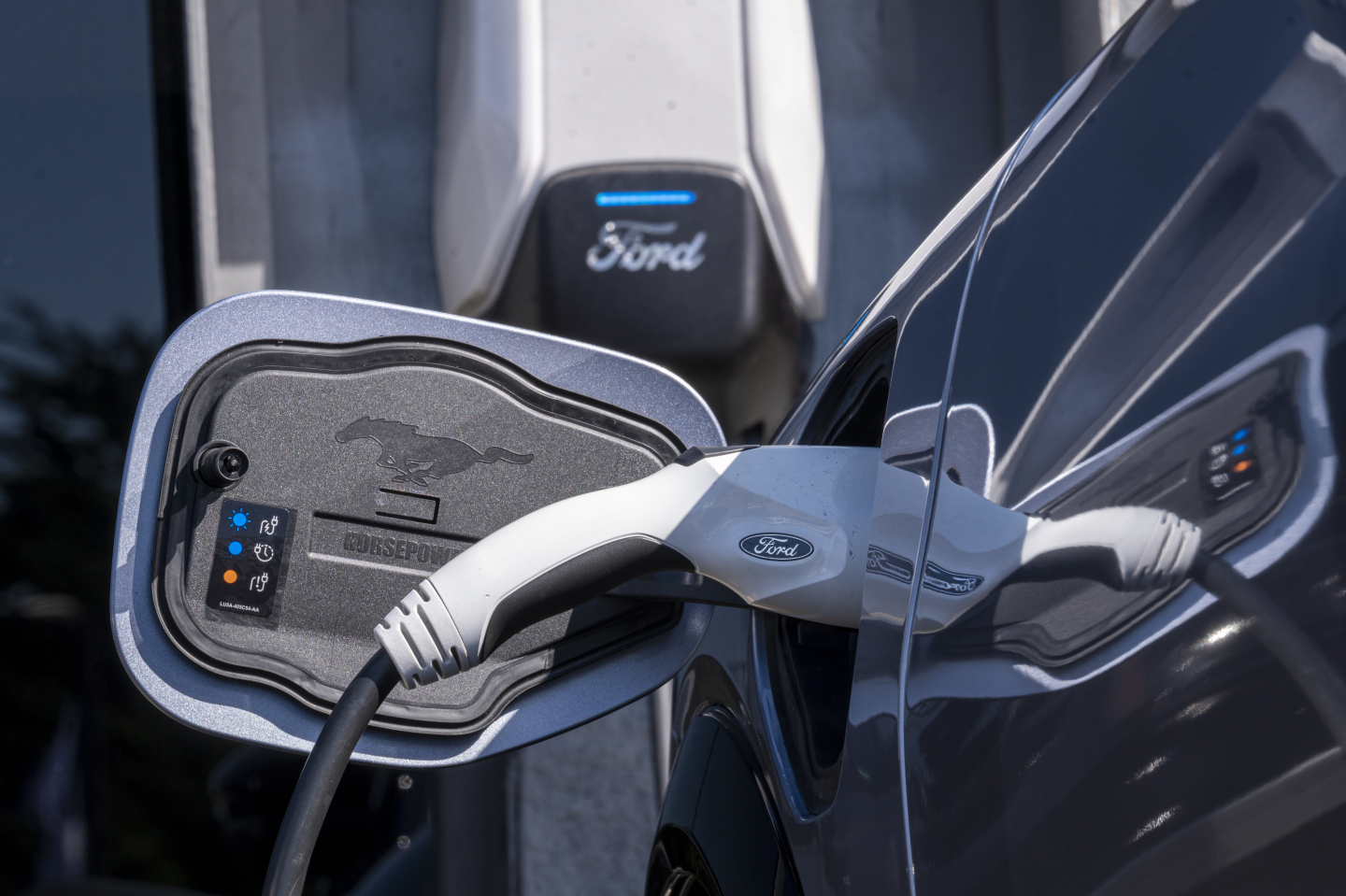Implications of the Proposed End to the $7,500 EV Tax Credit
Debate continues to swirl around the $7,500 EV tax credit. Considered a significant incentive in promoting the adoption of electric vehicles (EVs), it’s now hanging in the balance as it’s reportedly targeted for cessation. But what implications could this have for the automotive industry and consumers? This comprehensive examination aims to shed some light on this hot topic.
Understanding the $7,500 EV Tax Credit
Before diving deeper into the potential fallout, let’s first outline the nature of the $7,500 EV tax credit. The U.S. government introduced the tax credit as an incentive for individuals to purchase electric vehicles. The rationale behind this move was to encourage motorists to switch from fuel-powered vehicles to EVs, thereby reducing the country’s carbon footprint.
You qualify for the $7,500 tax credit when you purchase a new fully-electric or plug-in hybrid vehicle. However, it’s important to note that this tax credit doesn’t apply indefinitely. Once an auto manufacturer sells 200,000 eligible electric vehicles, the credit for their vehicles starts to phase out over the next year before it gets completely eliminated.
Why Ending the EV Tax Credit Could Be Troubling
The end of the $7,500 electronic vehicle tax credit could bring about notable changes in the environment, consumer habits, and the auto industry. Let’s discuss some of these below.
Impact on the Environment
The $7,500 EV tax credit actively contributes to the reduction of greenhouse gas emissions by promoting the adoption of electric vehicles. Taking away this incentive may slow down EV adoption, potentially making it harder to achieve target reductions in emissions.
Effect on Consumers
The tax benefit makes the high purchase cost of EVs more feasible for an average buyer. Without the subsidy, EVs could become significantly less affordable for consumers, which might discourage them from transitioning to cleaner transportation options.
Influence on the Automotive Market
It’s also worth considering the potential impact on the automotive industry. EV manufacturers, many of whom have invested heavily in production in response to growing demand, might face a harder time selling their vehicles without the tax credit. This situation might slow down innovation and delay the mass adoption of EVs.
International Considerations
EV adoption is a global trend, not limited to the United States. If the EV tax credit ends, it might render U.S. manufacturers less competitive on the international stage, where many countries offer similar incentives.
Looking Into the Political Debate on EV Tax Credits
The proposal to end the EV tax credit is a political move that can’t be evaluated in isolation. Politics, environment, economy, and technology are all intertwined in the decision-making process.
For some, the proposed change is seen as an individual’s ideology conflicting with the collective good or an inability to see the long-term benefits that the tax credit facilitates. Others argue that fiscal responsibility and budgetary constraints necessitate hard decisions, and incentives like the EV tax credit might be unsustainable.
The Path Forward
Despite the contentious debates, one thing is clear: decarbonization is the future. The automotive industry is innovating rapidly to introduce technological advancements, improve infrastructure, cut down costs, and make EVs accessible to all.
The journey from fossil fuel to sustainable energy transport is certainly complex. While we wait to see a detailed roadmap from the authorities, let’s hope future plans include win-win scenarios that cater to the economic, environmental, and societal implications of such significant changes.
The article outlined here has thrown light on several aspects of the EV tax credit and its potential cancellation. While we have tried to provide a balanced perspective, the subject is indeed dynamic. It will be interesting to see how the future unfolds and how policymakers, the auto industry, and individuals alike navigate this EV revolution.
In the meantime, let’s continue to stay informed, participate in the discourse, and make responsible and informed decisions that facilitate a cleaner, greener future.













Leave a Reply